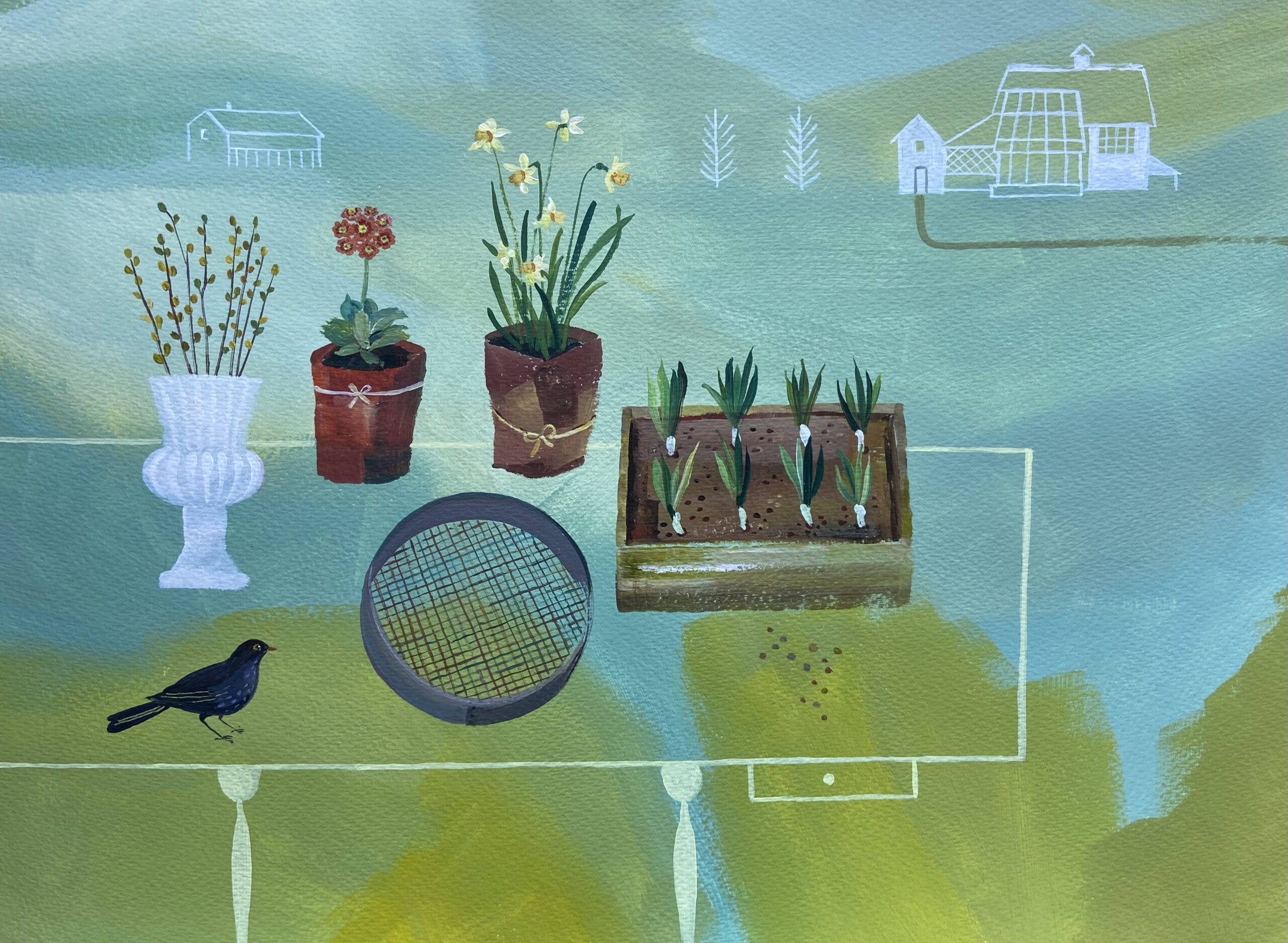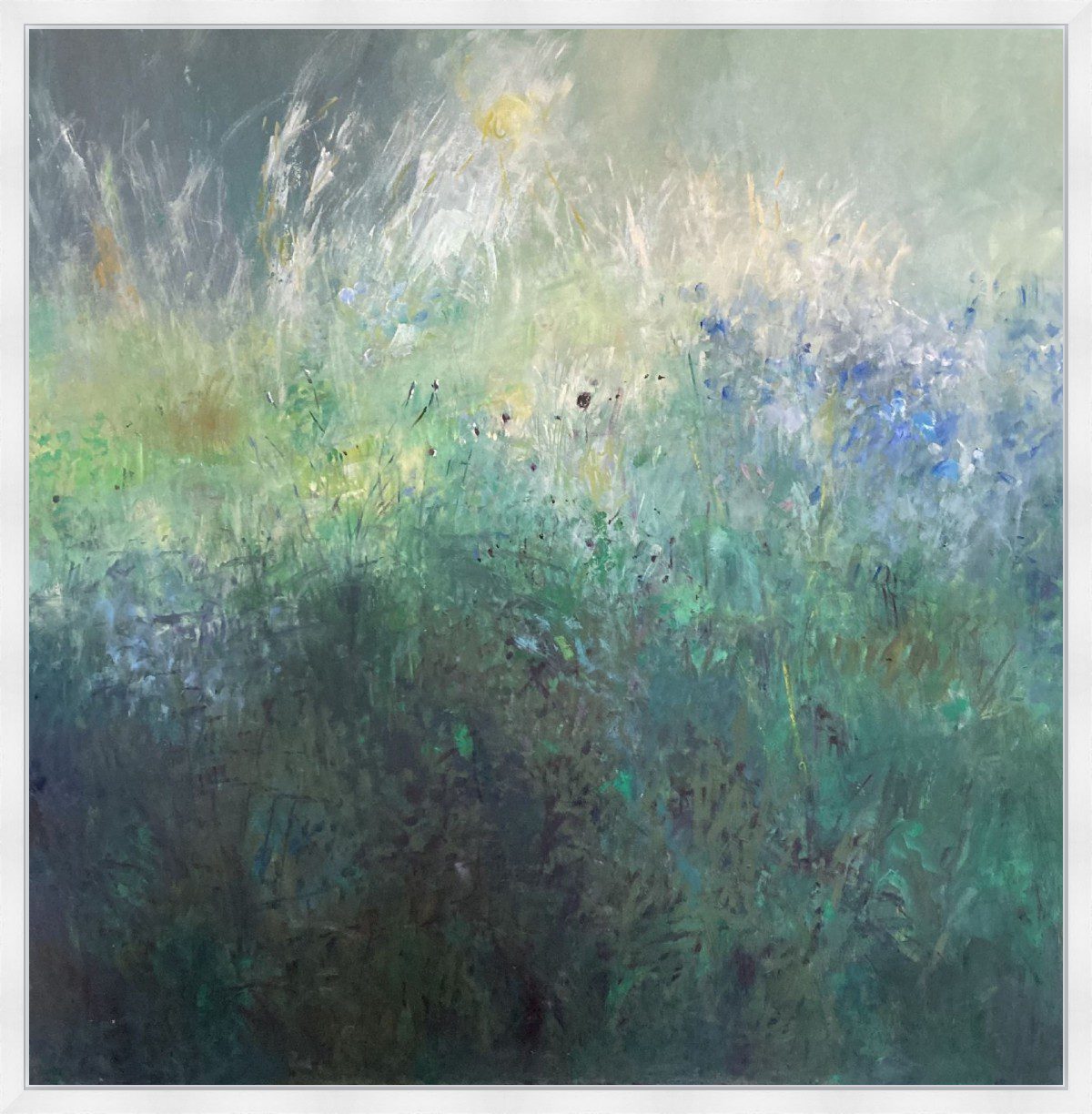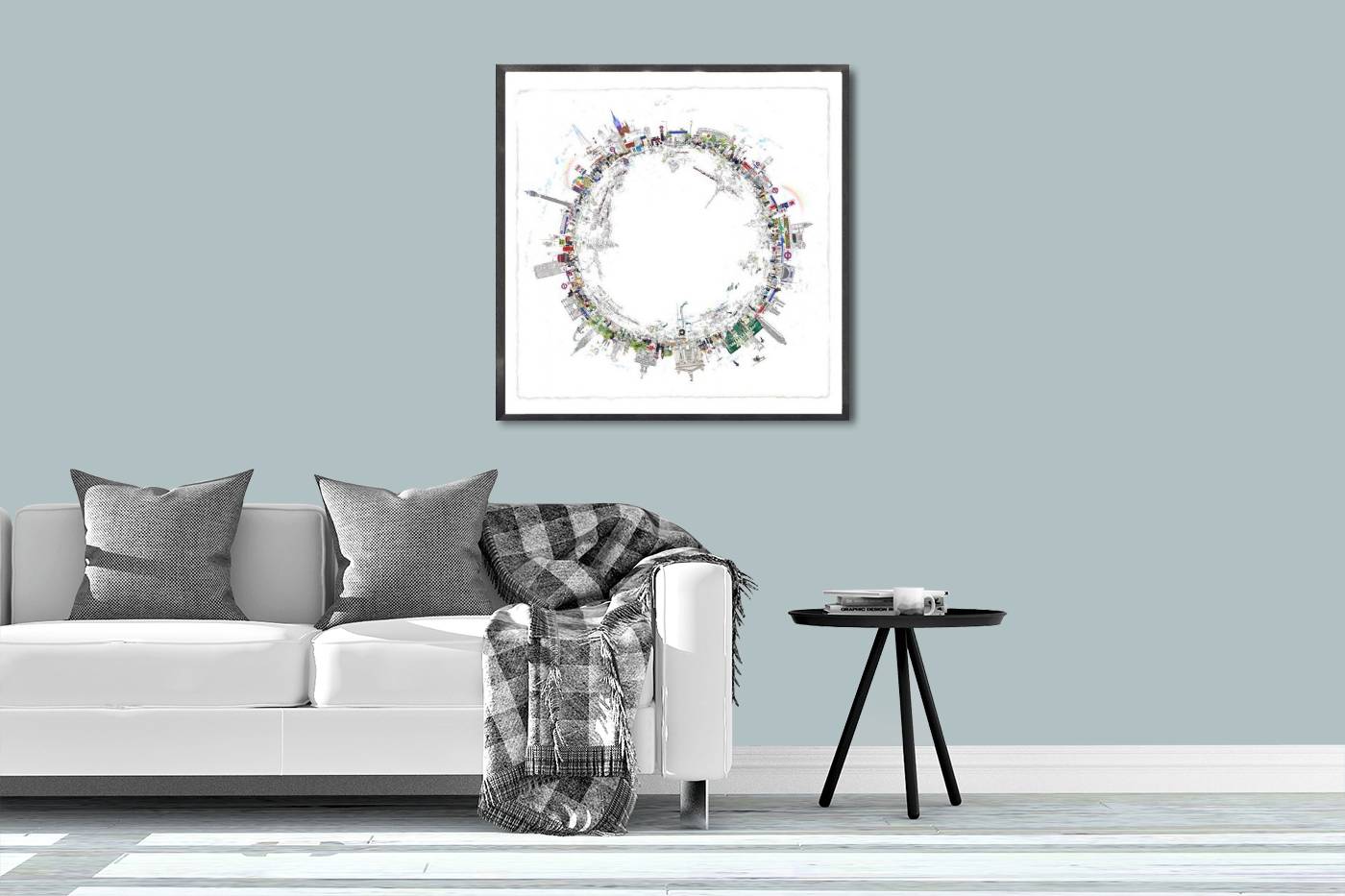In our opinion, art exhibitions are an essential part of the art world, providing an outlet for artists to showcase their work to a wider audience. Exhibitions can take many forms, from solo shows to group exhibitions, and can be held in a range of venues, from traditional galleries to huge open spaces all around the world!
At its core, an art exhibition is all about presenting a collection of artwork to the public. It’s about giving artists an opportunity to share their vision and ideas with others, and for viewers to engage with and appreciate the magnificent art on display.
Whether you are an art enthusiast or a casual viewer, attending an art exhibition can be a fascinating, enriching and calming experience. It allows us to connect with the art and artist on a deeper level, and better understand the creative process and intention behind the piece.
Understanding Art Exhibitions
The Purpose of Art Exhibitions
The primary purpose of art exhibitions is to showcase artwork – it’s beautifully simple. They provide a platform for artists to display their work to a wider audience, to receive feedback, and allow visitors to experience different styles and mediums of art to gain a deeper understanding of the artist’s creative process.
Another purpose of art exhibitions is to educate those who enjoy art on all levels. Exhibitions often include information about the artist, the artwork, and the historical/cultural context in which it was created.
Types of Art Exhibitions
There are many, many types of art exhibitions around the world, each with a unique focus. Some of the most common types of art exhibitions include:
- Solo exhibitions: These exhibitions are a great way to feature the work of a single artist and are designed to showcase their artistic vision and style.
- Group exhibitions: These exhibitions feature the work of multiple artists and are often curated around a particular theme or concept. We’ve held many of these at Byard and they are a joy to behold.
- Retrospective exhibitions: These exhibitions showcase the work of an artist over their entire career, providing visitors with an overview of their artistic development throughout the years.
- Juried exhibitions: These exhibitions are curated by a panel of judges who select the artwork based on a set of criteria, such as artistic merit or adherence to a theme, which goes on to be scored to determine the winner of the exhibition.
Byard Art’s Art Exhibitions
We are a contemporary art gallery in Cambridge and we showcase the work of many emerging and established artists. We host several art exhibitions throughout the year, both in our gallery and at other locations around the world.
Our exhibitions feature a range of styles and mediums, including painting, sculpture, and photography. We curate them to provide you with a unique and engaging experience and include information about the artist and their creative process.
We believe that art exhibitions are a vital part of the art world, providing artists with a platform to showcase their work and enthusiasts like us with an opportunity to engage with and appreciate art in all its forms.
How do we Plan an Art Exhibition?
When planning an art exhibition, there are several important factors that we consider. We carefully choose a location, select the theme & art pieces that we want to showcase and set up the space in a way that captures the artwork perfectly.
Choosing a Location
The location of an art exhibition is very important, and we look to give every fan a chance to be a part of it, which is why we travel around the world when we host an exhibition. Find out more about where we’re going here!
Selecting Art Pieces
Selecting the right art pieces is crucial for a prosperous exhibition. We ensure that the artwork is of high quality and fits the theme of our exhibitions. The artwork we showcase at our events is from the gallery and created by artists we work with.
Setting Up the Space
The way we set up the space can greatly improve the overall experience of the exhibition. When setting up, we ensure that the lighting is popping and the artwork is displayed in a way that highlights its unique features. We use display stands, pedestals and wall mounts to showcase the artwork depending on the theme.
Art Galleries vs Art Exhibitions
When discussing art, the terms “art gallery” and “art exhibition” are often used interchangeably. However, there are some key differences between the two.
An art gallery is a physical space that displays and sells works of art and usually has a permanent collection of artwork that is on display year-round (that’s us!).
Art exhibitions are temporary displays of artwork, often held in an actual gallery, but usually in other public spaces. Exhibitions can be organised by galleries, museums, or other cultural institutions, and may feature the work of a single artist or a group of artists.
Both art galleries and art exhibitions play an important role in the art world. Galleries like ours provide a space for artists to showcase and sell their work, while exhibitions offer a platform for artists to gain exposure and share their work with a wider audience.
If you’re looking for a fun day out peeking at various beautiful pieces, take a look at our upcoming exhibitions, or visit us in-store where we’d be delighted to arrange and oversee commissions from your favourite artists!




